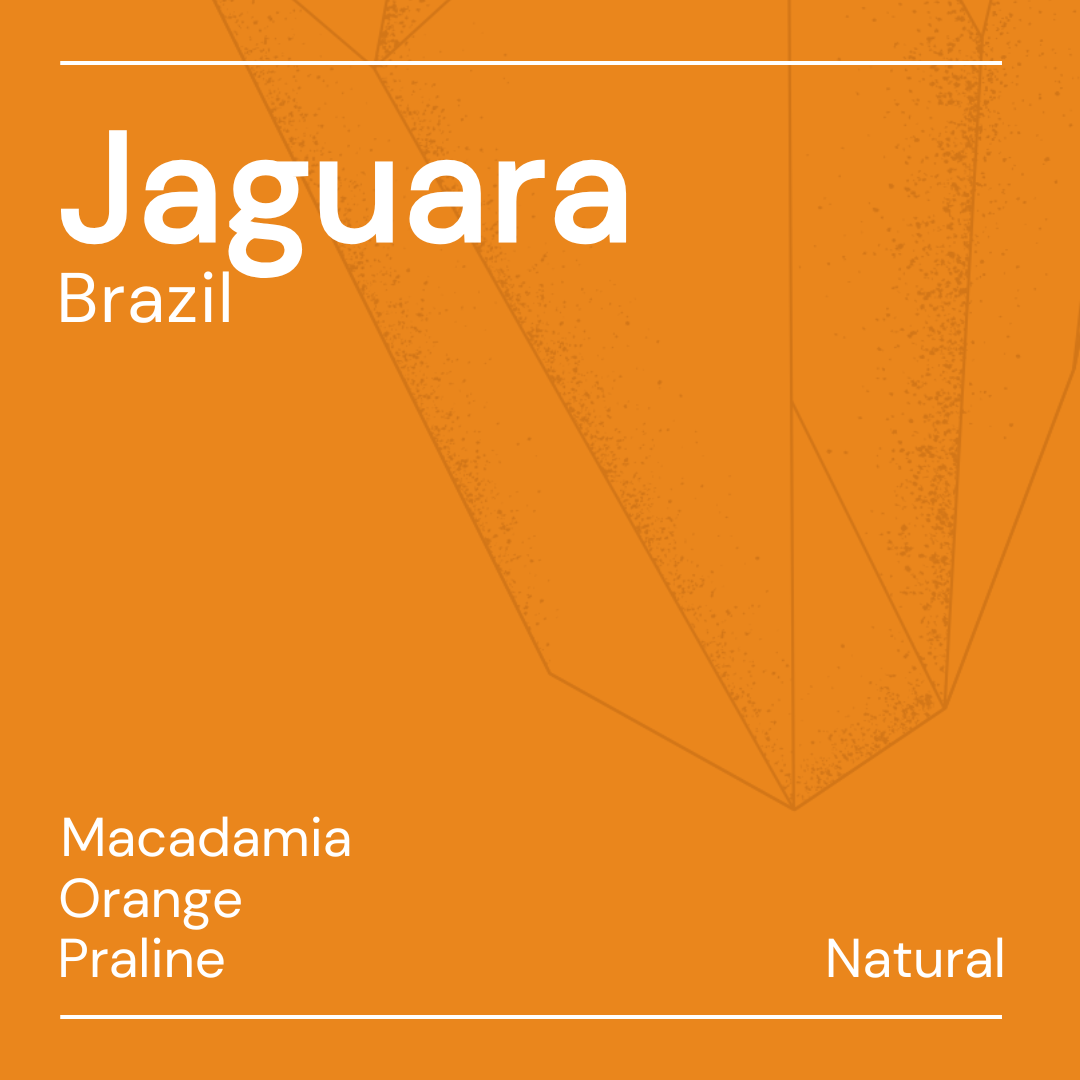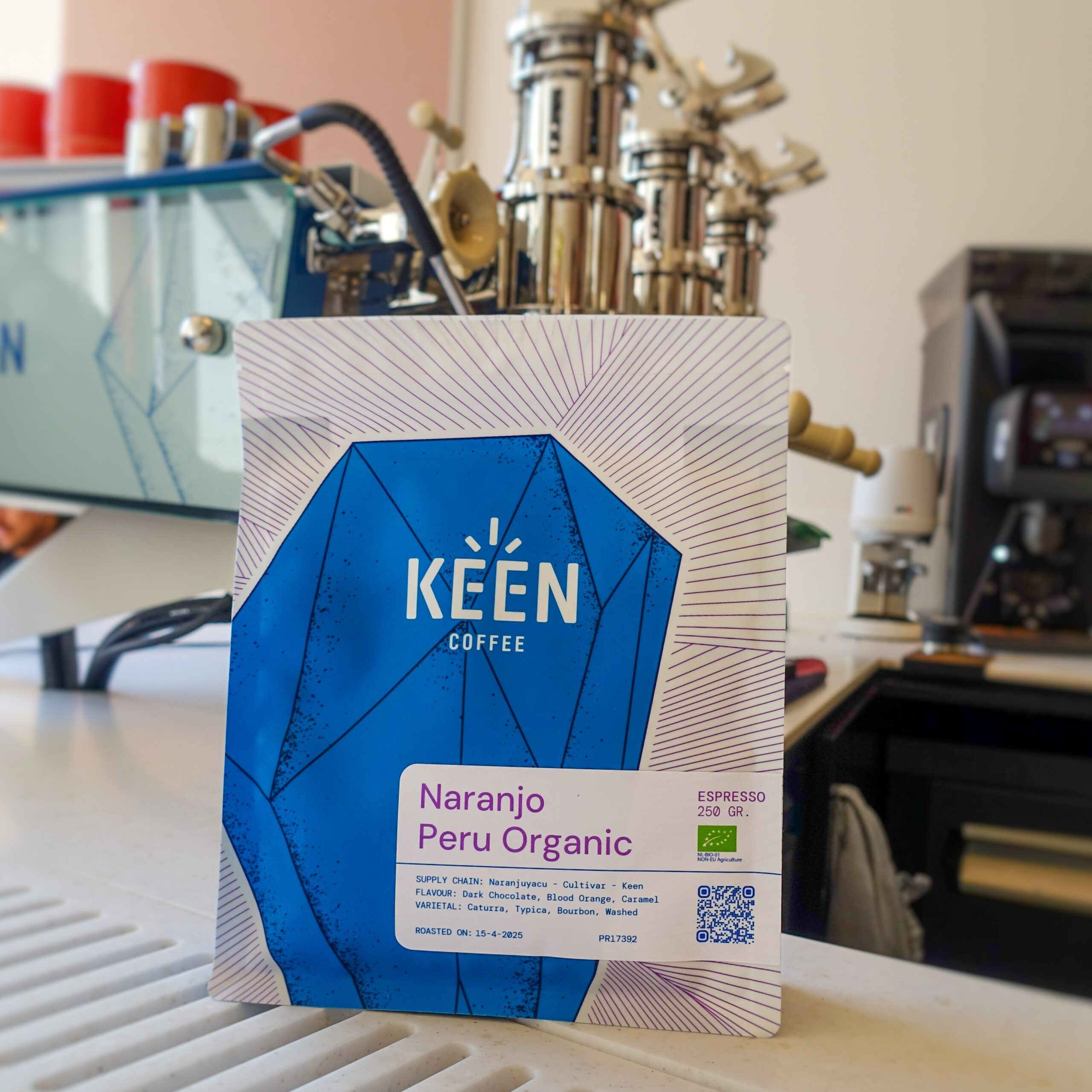Looks like this coffee isn’t roasted yet
Oops! We couldn’t find the page you’re looking for, but don’t worry — sometimes, like brewing the perfect cup of coffee, it just takes a little extra patience.
Here’s how we can help you get back on track:
- Return to our homepage and start fresh.
- Explore our best-selling coffee beans — you might discover a new favourite!
- Or grab a fresh cup and try searching for what you need again.
Still need help? Don’t hesitate to contact us — we’ll make sure you get where you need to be!










